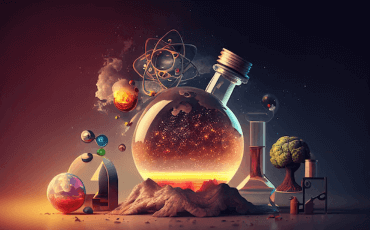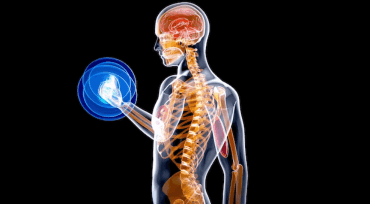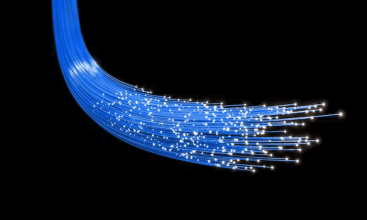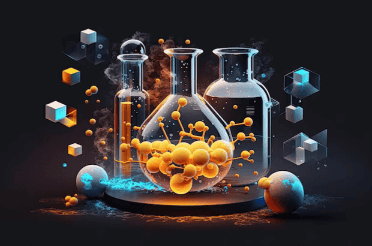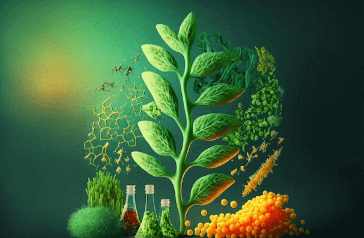Question
a.
Stirrer tank reactor
b.
Bubble column
c.
Air lift reactor
d.
Both (b) and (c)
Posted under Biochemical Engineering
Interact with the Community - Share Your Thoughts
Uncertain About the Answer? Seek Clarification Here.
Understand the Explanation? Include it Here.
Q. Which of the following(s) is/are non-mechanically agitated reactors?
Similar Questions
Explore Relevant Multiple Choice Questions (MCQs)
Q. Which of the following best explains the reasons for using axial flow impellers in crystallization and precipitation reactions?
View solution
Q. When the height of an aerated bioreactor is increased, it will increase the oxygen transfer rate by
View solution
Q. Which of the following is correct for the off-centre impellers?
View solution
Q. The power required by an impeller in a gas sparged system compare to the power required by impeller operating at same speed in a gas free liquid is usually
View solution
Q. Which of the following stirrer requires least amount of energy for same yield?
View solution
Q. A reactor has a total volume of 50,000 litres. If it has a headspace volume of 10,000 litres, then volume of liquid in the reactor will be
View solution
Q. A cylindrical reactor fitted with Rushton Turbine has a liquid volume of 100,000 litres. It has an aspect ratio (the ratio of the channel height to the width) of 2:1. The diameter of the impeller should be approximately:
View solution
Q. In the bubble boundary layer, oxygen concentration can be determined by measuring
View solution
Q. Impeller damage can be minimized by
View solution
Q. To increase the oxygen transfer rate in a shake flask culture system, which of the following (s) is/are followed?
View solution
Q. What is/are the major difference(s) between disc and turbine type stirrer?
View solution
Q. Larger propellers turn at the speed of
View solution
Q. A microbial population in a suspension culture will only be limited by oxygen availability if the dissolved oxygen
View solution
Q. Which of the following model holds correct for the two-film theory? (where KL is the mass transfer coefficient, DAB diffusivity and Zf film thickness)
View solution
Q. Froude number is avoided in calculation of power requirements for low viscosity liquid mixing systems when
View solution
Q. A fermentation system has a KLa of 3 s¹ and a C0* of 5 ppm of O₂. If the bulk liquid is completely depleted of oxygen, then the oxygen transfer rate will be equal to
View solution
Q. During fermentation, the saturation concentration of oxygen was reduced from 7 ppm. to 1 ppm. Which one of the following conclusions can be drawn?
View solution
Q. If the stirrer speed is too slow, bubbles will accumulate and coalescese under the impeller. This phenomenon is known as a
View solution
Q. The maximum solubility of the alkane in the medium is 5 ppm. If the actual dissolved concentration of the alkane in the medium is 1 ppm. what conclusion may be drawn?
View solution
Q. Reynolds (Rei) number for the impeller is given by (where Di, stirrer diameter; N, stirrer speed, ρ, density of fluid and μ, viscosity of fluid)
View solution
Recommended Subjects
Are you eager to expand your knowledge beyond Biochemical Engineering? We've handpicked a range of related categories that you might find intriguing.
Click on the categories below to discover a wealth of MCQs and enrich your understanding of various subjects. Happy exploring!
